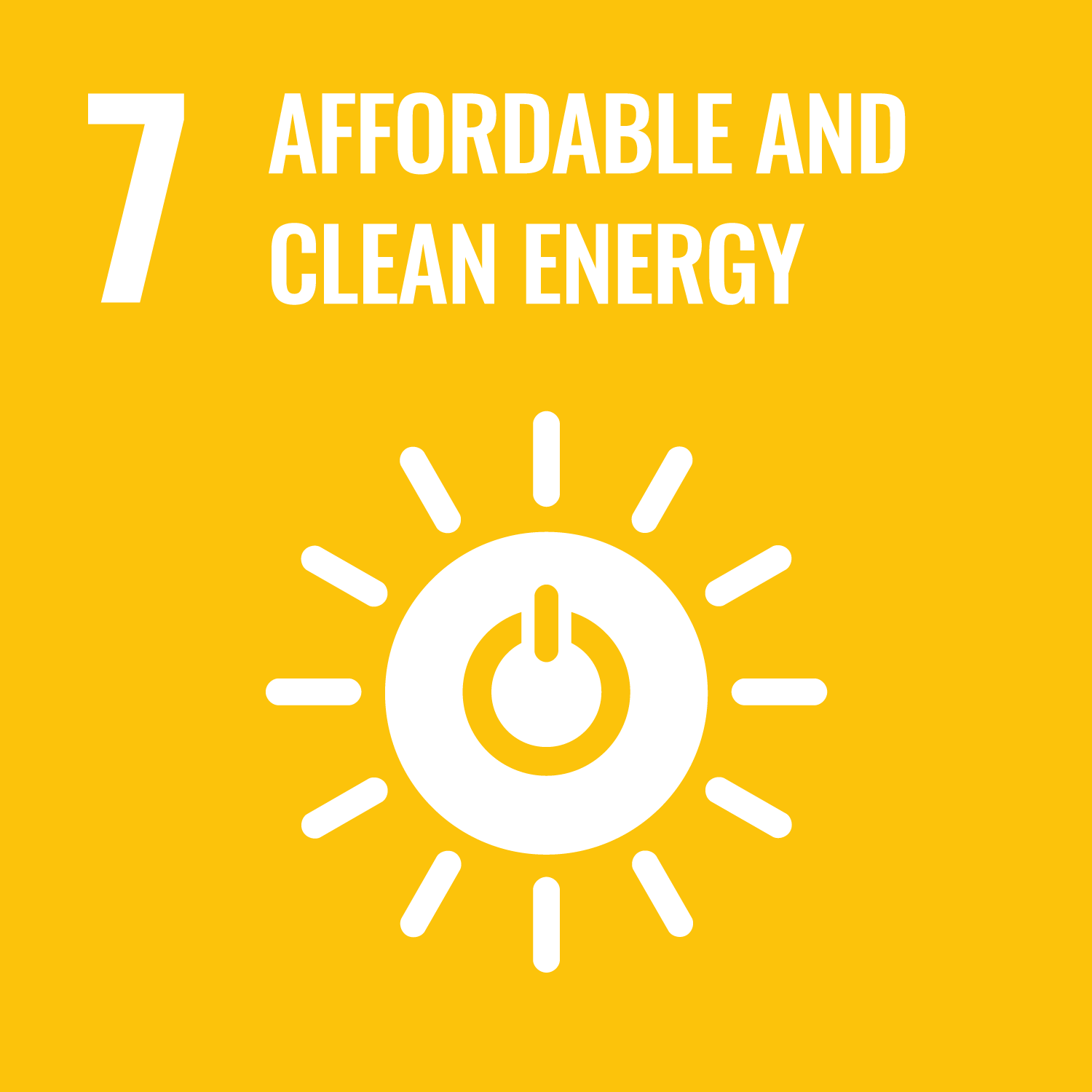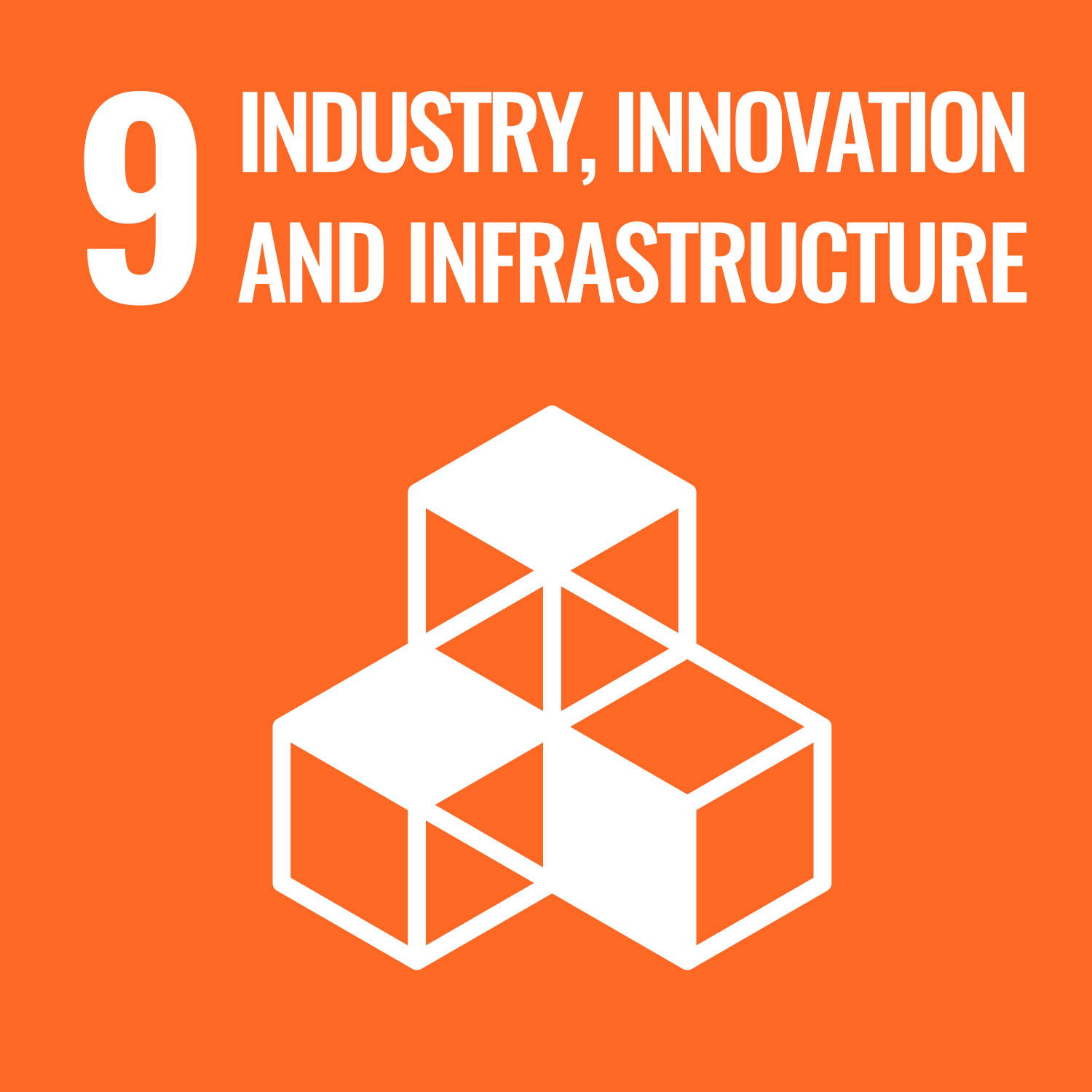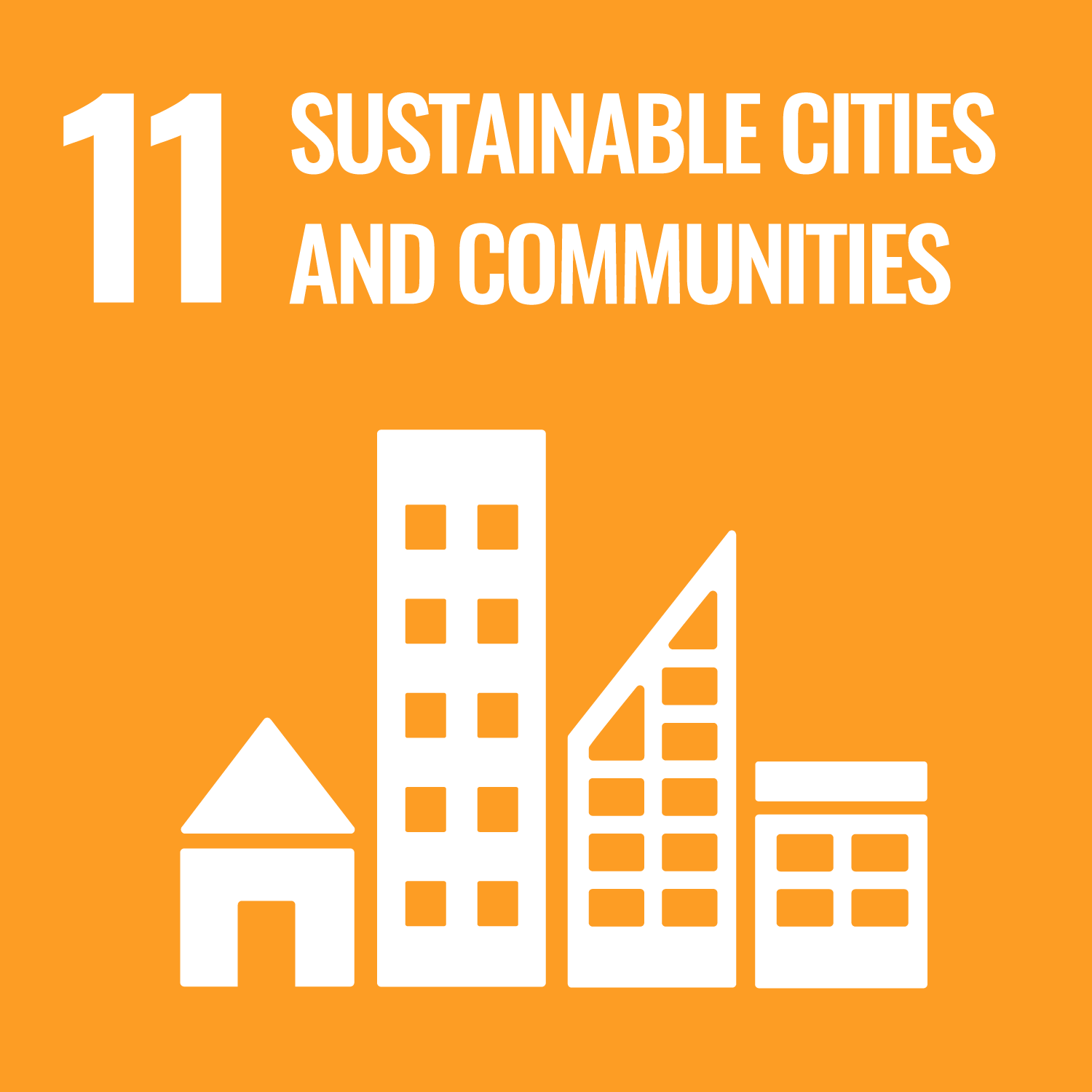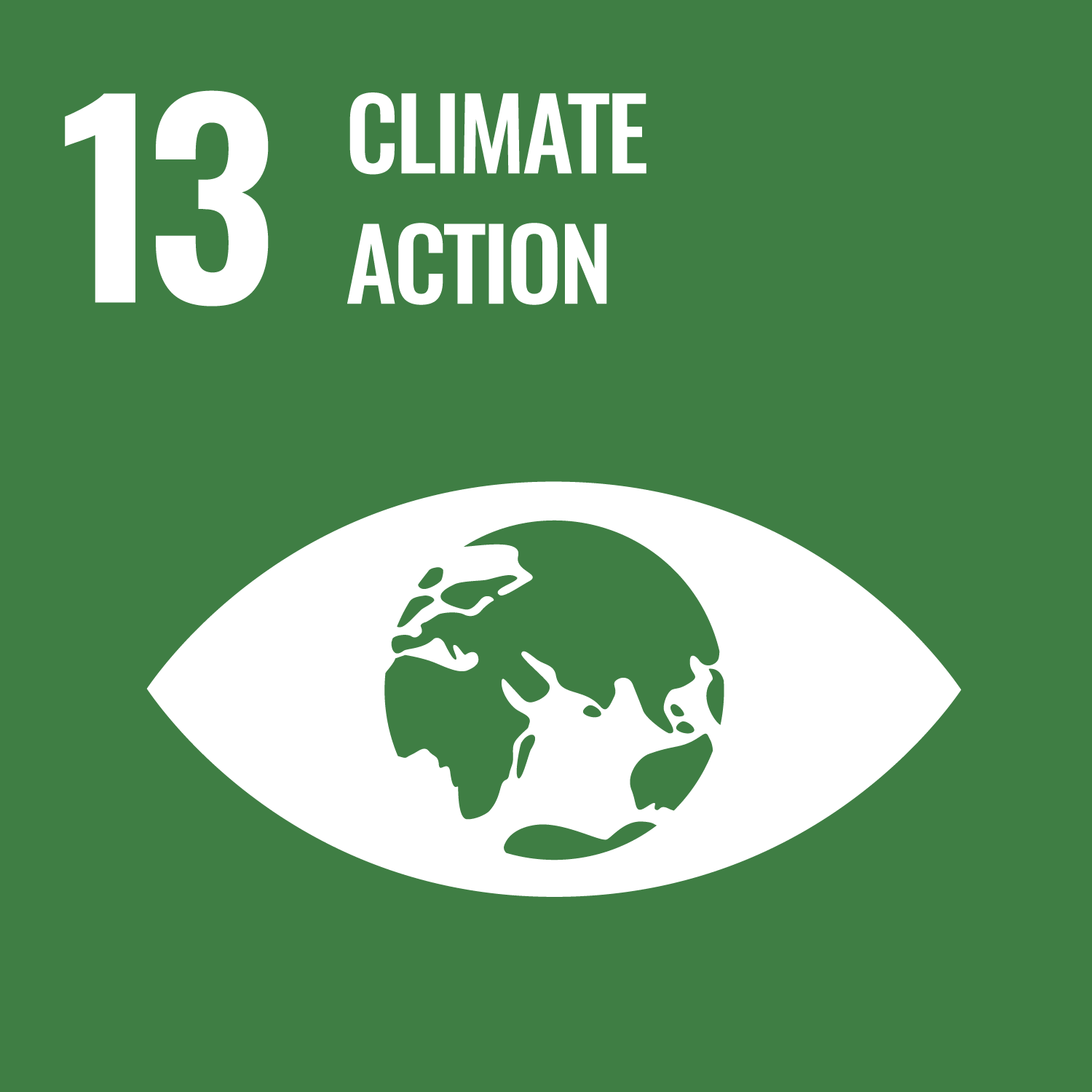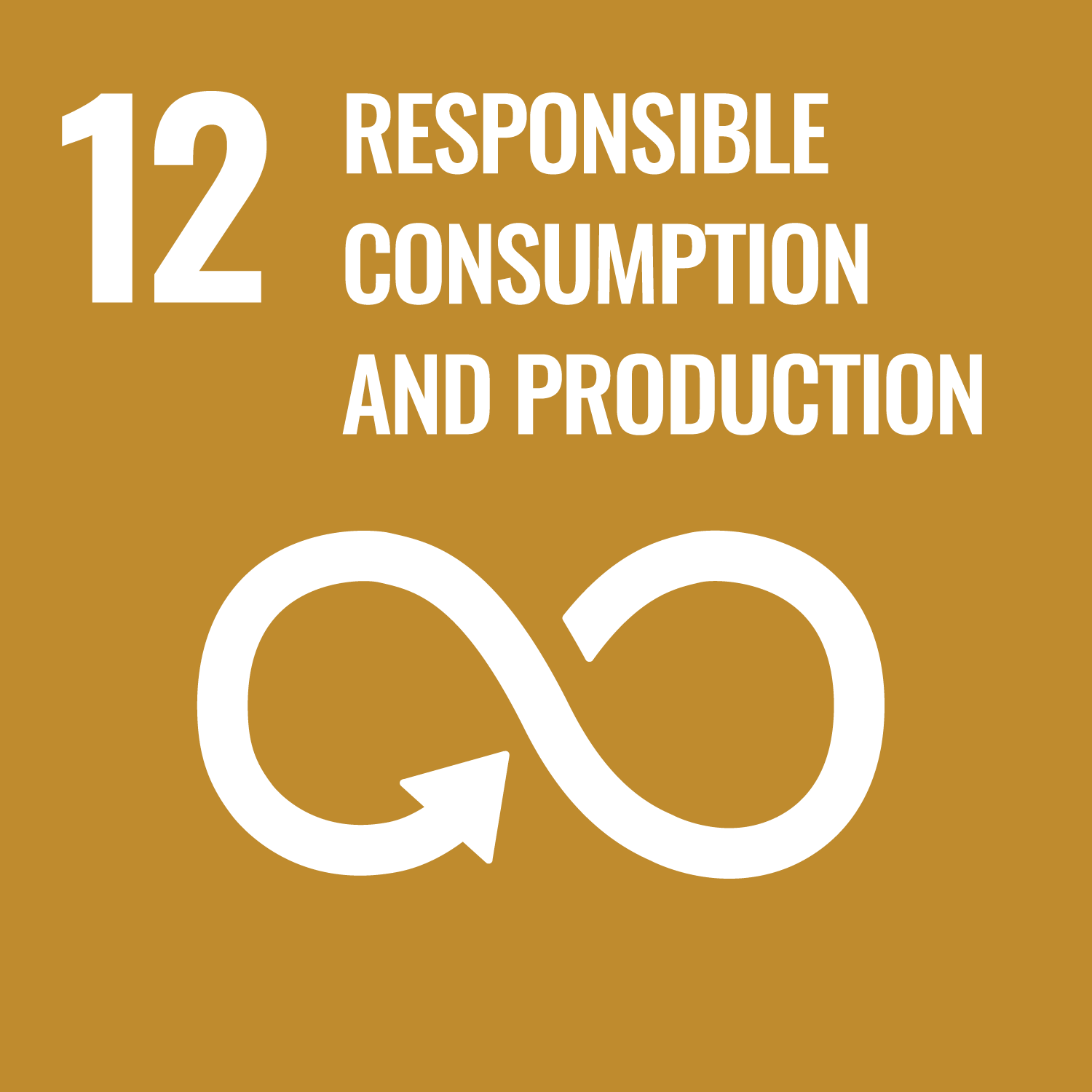LCS-FY2022-PP-07
Estimation of Inter-prefectural Input-Output Tables and Analysis of Inter industry structural Changes for Tohoku Region
Summary
The Japanese government’s “Long-Term Vision for the Creation of Towns, People, and Work,” formulated in 2014 and revised in 2019, aims to“ create an autonomous and sustainable society in which each region makes the most of its unique characteristics in the midst of a rapidly shrinking and super-aging population.” This is in line with the concept of building a“ bright and prosperous low-carbon society,” as stated by the Center for Low Carbon Society Strategy.
In order to quantitatively formulate policies to revitalize the economy and maintain sustainability by taking advantage of regional characteristics, it is necessary to quantitatively understand the regional nature of the industrial structure and the inter-regional industrial dependency structure to see indirect spillover effects from the development of supply chains. Inter-regional input-output tables have been developed in response to this, but their production has been suspended in Japan since 2005. Therefore, this proposal first focuses on six prefectures in the Tohoku region (Aomori, Iwate, Miyagi, Akita, Yamagata, and Fukushima prefectures), estimating the inter-prefectural input-output table for 2015 and comparing it with the 2005 table to analyze the industrial structure in 2015 and changes in the inter-regional and inter-industry trade structure during this period. Here, the most recent inter-prefectural input-output table is from 2005, and the 2015 data is the most recent available for the prefecture-by-prefecture input-output table. In this proposal, the RAS method was applied to estimate the 2015 inter-prefectural input-output table by extending the structure of the former 2005 inter-prefectural data to be consistent with the latter 2015 prefectural data. The results were used to compare the characteristics of the industrial structure of the six Tohoku prefectures at two points in time, to identify major industries in each prefecture using specialization coefficients, and to consider and examine the factors leading to changes in the industrial structure by analyzing the inverse matrix coefficients.
By looking at the ripple effects and specialization coefficients derived from these estimation results, the changes in the interdependent structure of industries in the six Tohoku prefectures from 2005 to 2015 can be quantitively understood. According to the results of the ripple effect estimation, shown in Appendix 1, Appendix 2, and Appendix 3, the ripple effect on the whole of the Tohoku region shows a decline of up to 60% when the two points in time are compared. All six prefectures in the Tohoku region are in decline, with Fukushima Prefecture in particular showing a decline of about 20%. By industry sector, when including individual sectors the top sectors at both points in time were “passenger cars and other motor vehicles” and “steel products”; when excluding individual sectors, the ripple effects were seen in primary and secondary industries. When it came to the sectors with the largest changes in ripple effects, the spillover effect on the Akita Electronic Components sector was 1.309 from the Fukushima Electricity, Gas, and Heat Supply and 0.645 from the Aomori Metal Products sector, with a visible concentration in the Akita Electronics sector. In the agriculture, forestry, fisheries, food, and electronic component industries, in Aomori Metal Products, the specialization coefficient was about 31 times higher than in Akita Industrial Electric Equipment, and the other sectors also varied significantly from 1.5 to 8.3 times higher, indicating that manufacturing industries( mainly the processing and assembly industries) are increasingly concentrated. In terms of the structure of transactions within and outside the Tohoku region, Appendix Tables 4 and 5 specifically show that transfers out of the six Tohoku prefectures were 950,207 million yen for commerce and 475,472 million yen for food and beverage from Miyagi Prefecture and 452,049 million yen for electricity, gas, and heat supply from Fukushima Prefecture. When it came to transfers within the six Tohoku prefectures but outside of each prefecture, Miyagi Prefecture’s other public services, Fukushima Prefecture’s other public services, and Aomori Prefecture’s other public services showed significant changes at 1,701,155 million yen, 1,169,627 million yen, and 1,098,910 million yen, respectively.
The inter-regional input-output table that is the aim of this proposal has a direction in which to expand to more concretely depict a “bright and prosperous low-carbon society” through an integrated evaluation of industry, energy, and the environment, to be achieved by combining it with regional energy systems such as regional biomass resource reserves and transportation systems. However, at this stage of the proposal, it is limited to a description of the industrial structure of the Tohoku region. The challenge is to identify trends in technological development, economic and social systems, and the prospects for and contribution to innovation in regional industries that have the potential to make progress. Nevertheless, the results of this proposal provide a basis for the discussion of future policies and investments, bearing in mind the indirect effects of the trend toward wider supply chains in the future.

